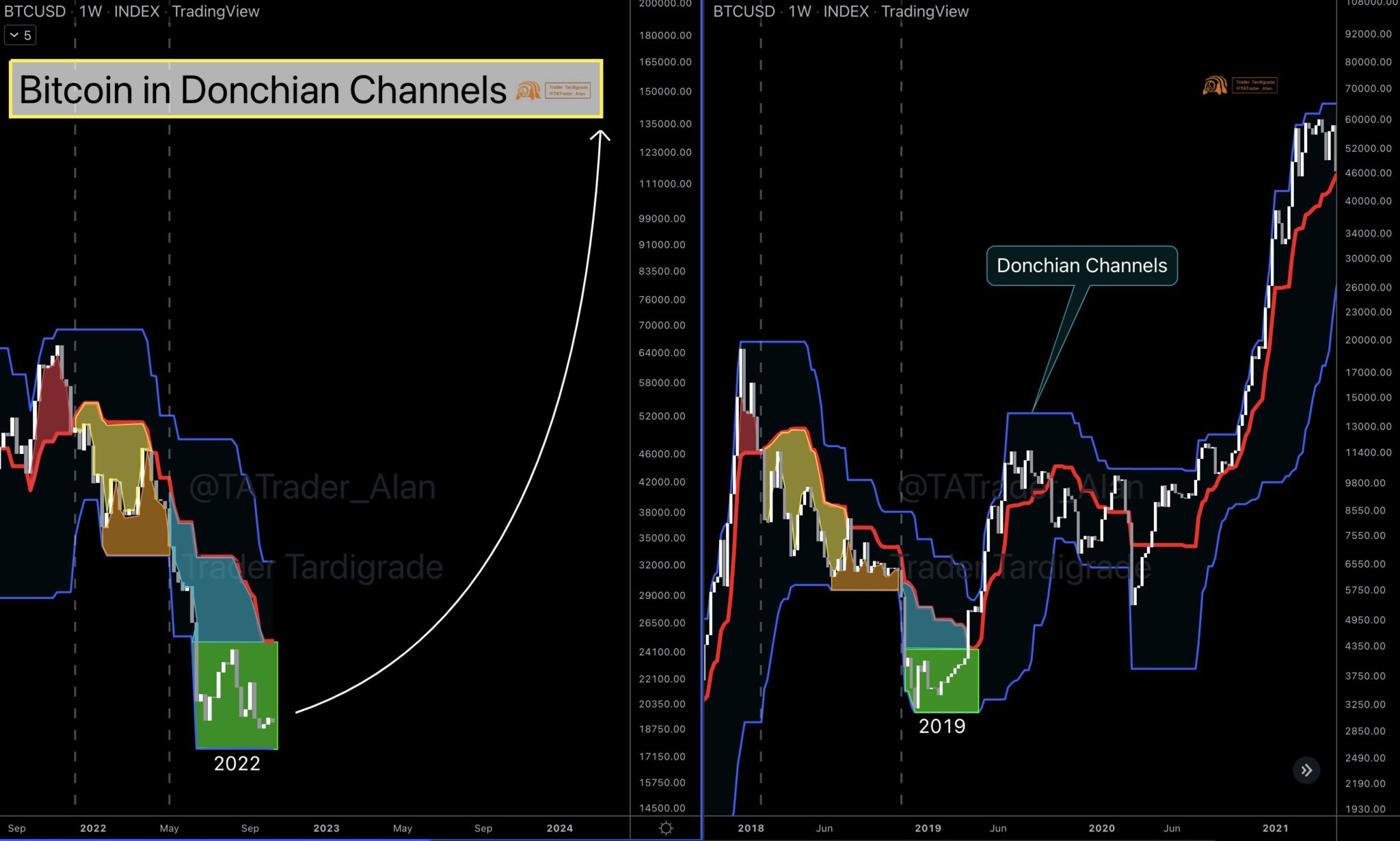After two years since it was first proposed, the European Union’s comprehensive crypto regulation passed a preliminary vote in the European Parliament. Combined with the Markets in Crypto Assets Regulation (MiCA), the Transfer of Funds Regulation (TFR) brings digital assets in line with traditional financial transactions.
Following Monday’s 28-1 vote in favor, the EU Council officials should approve it by the end of the month, going into effect in 2024. As the news hit the market, Bitcoin dropped to a two-week low of under $19,000.
What Is In The TFR Legislation?
Aligning with traditional finance, the Transfer of Funds Regulation sets a requirement that all digital asset transactions are made traceable. Specifically, if they go through third-party platforms, which can then block suspicious transfers under the anti-money laundering (AML) framework.
These third parties are dubbed Crypto Asset Service Providers (CASPs), such as exchanges. Previously, the Financial Action Task Force (FATF) named them as VASPs, for virtual. If they receive a request from an authority, they are obligated to source transactions from both sides of the transfer.
Yet, this TFR rule doesn’t apply to non-custodial wallets (un-hosted) for P2P transactions. Nonetheless, even crypto ATMs fall under the CASP obligation purview. When transactions are done between CASPs, they are obligated to store all information in a GDPR-compliant manner.
However, if a transaction is valued under $971.72, from a CASP to a non-custodial wallet, the wallet owner is not required to verify ownership.
What Is In The MiCA Legislation?
The Markets in Crypto Assets Regulation (MiCA) greatly expands the power of the European Securities and Markets Authority (ESMA), which is equivalent to the American SEC. This agency will have the power to regulate if crypto projects’ white papers are sufficient for them to launch ICOs.
Moreover, ESMA will monitor CASPs if they have more than 15 million customers. Likewise, stablecoin issuers will have to register and prove they have sufficient capital for stablecoin redemption. If they are not issued in euros, or other EU-member currency, their supply will be restricted.
When it comes to other CASPs, such as cryptocurrency mining companies, they would have to disclose energy consumption, prominently displayed on their websites.
In practice, under MiCA, new crypto/web3 ventures will have to craft white papers with included measures against price manipulation, consensus algorithm manipulation, price distortions from pseudonymous whales, hack attempts, and other consumer-safety precautions.
At a time when the SEC probes NFTs as securities, neither NFTs nor DeFi is covered by MiCA. However, regulation of this space is deferred to the ESMA. 18 months from enactment, the European Commission is scheduled to produce a report on these markets, in coordination with ESMA and EBA (European Banking Authority).
Bitcoin Price Briefly Goes Under $19k Support
During this year’s bear market, Bitcoin’s price bottom has been a hotly contested topic. In June, Bitcoin endured its first test, having reversed after going down to ~$17,600. Nonetheless, Bitcoin’s downtrending line is yet to break, having dropped under the week’s critical $19k support level on Tuesday.
However, some traders have noted Bitcoin’s downtrend is similar to the 2019 period, with the use of Donchain Channels. This technical indicator takes into account the highest highs and lowest lows as either bullish or bearish extremes, which could then be used to identify potential reversals.

It is then a matter of the market perceiving this trend as an accumulation opportunity. In turn, this will rely on the Fed’s interest rate hikes expectations coming November. Recently, billionaire hedge fund manager Paul Tudor Jones, stated that his portfolio is permanently diversified with Bitcoin.
